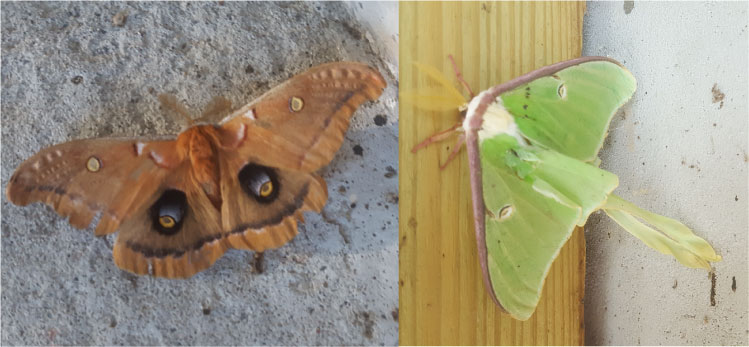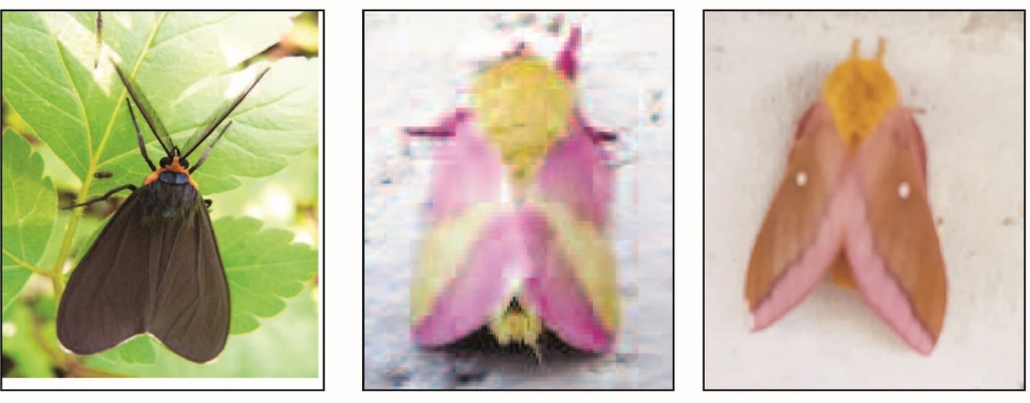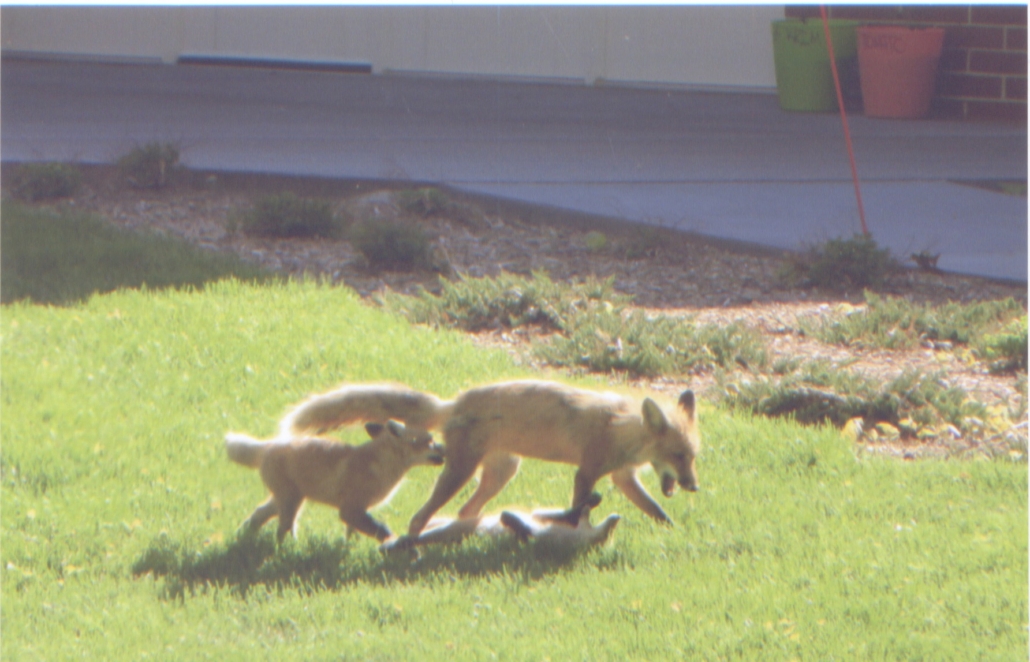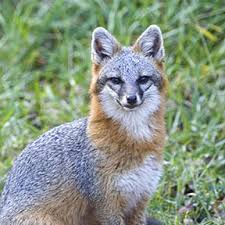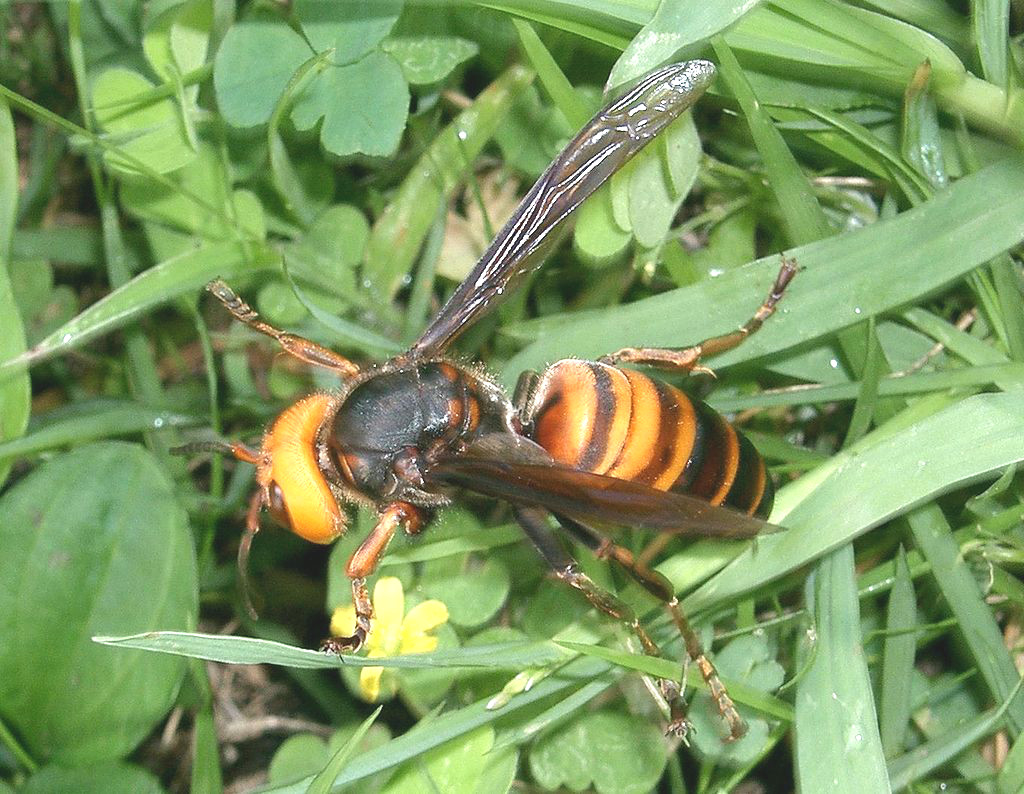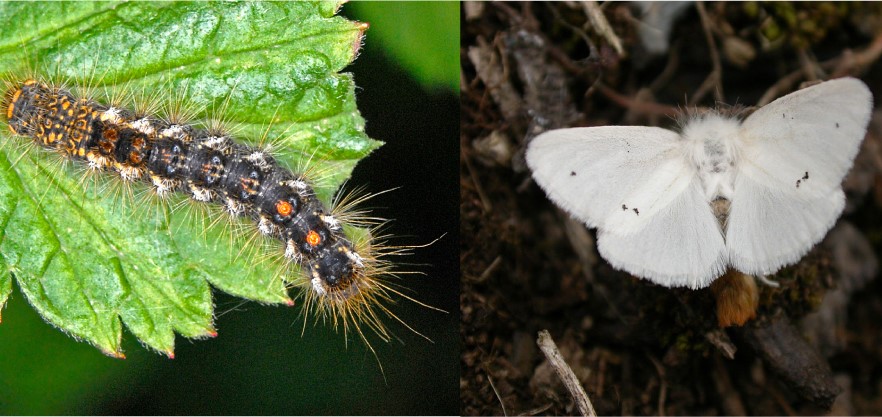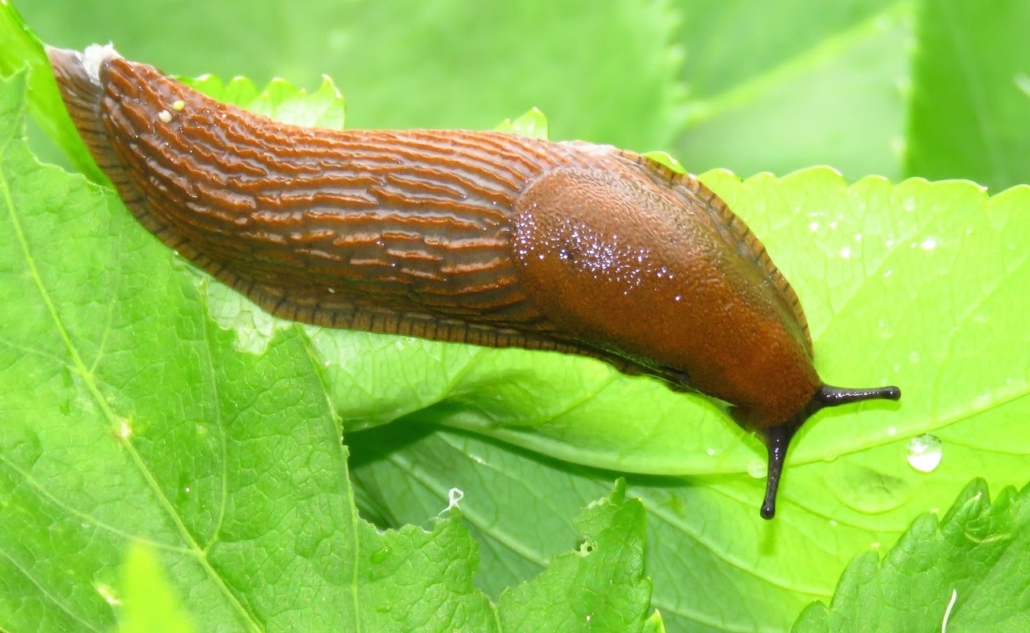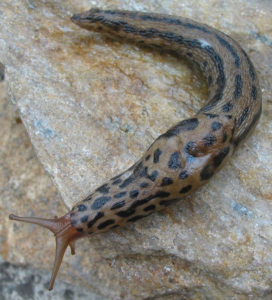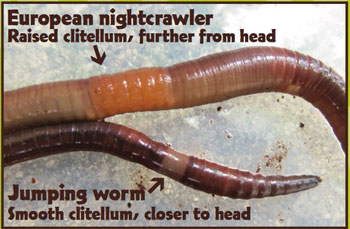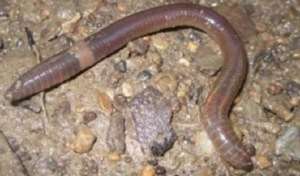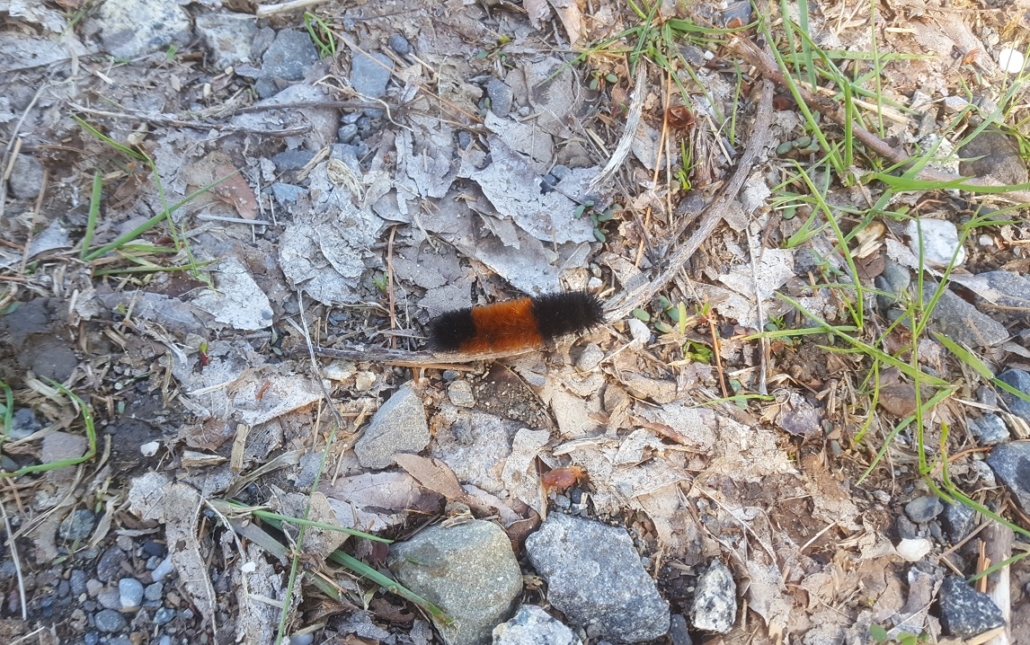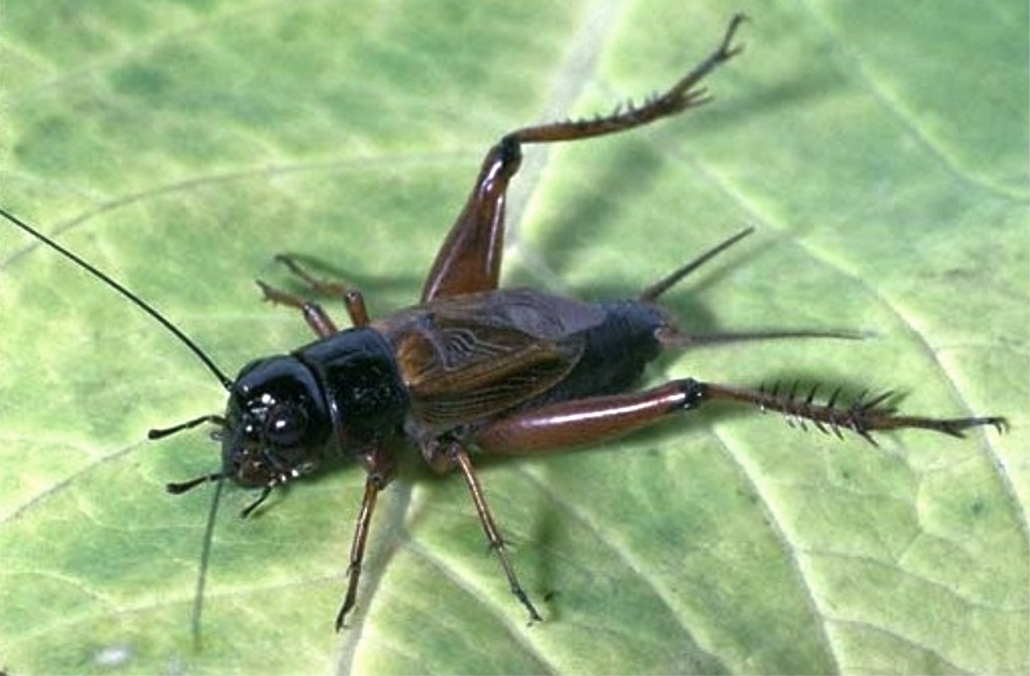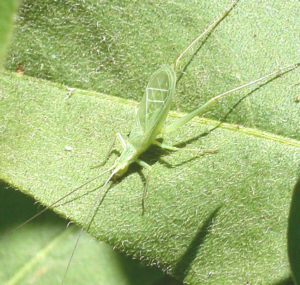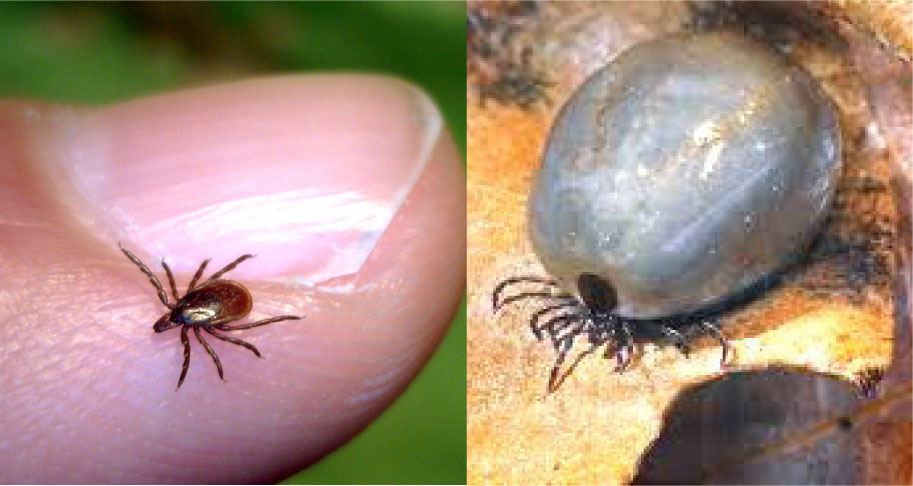SCORES & OUTDOORS: Let’s continue our journey through the world of moths
 by Roland D. Hallee
by Roland D. Hallee
Over the last few weeks, we have had more moths show up at The Town Line office than visitors. The appearances continue. Following the moths we covered last time, this week we will cover the Polyphemus moth and the Luna moth. One other that has made its presence known more recently is the Brown-tail moth, which we covered a little while back, especially about the effects of the hairs from the caterpillar.
The hairs from the Brown-tail moth caterpillar continue to linger in the air as my wife and I have experienced several rashes (Me, 4; She 2).
The Polyphemus moth, Antheraea polyphemus, is a North American member of the giant silk moths family. It is a tan-colored moth, with an average wingspan of six inches. The most notable feature of the moth is its large, purplish eyespots on its two hindwings. The eyespots give it its name – from the Greek myth of the cyclops Polyphemus. The species was first described by Pieter Cramer in 1776. The species is widespread in continental North America, with local populations found throughout subarctic Canada and the United States. The caterpillar can eat 86,000 times its weight at emergence in a little less than two months.
The life cycle of the moth is much like that of any other giant silk moth species. It lays flat, light-brown eggs on the leaves of a number of host plants, including birch, oak, maple, hickory, beech, honey locust, walnut, cherry, elm, plum, peach and apricot trees.
Squirrels have been known to consume the pupae of Polyphemus moths, decreasing the population greatly. Pruning of trees and leaving outdoor lights on at night can also be detrimental to the moths.
The Polyphemus moth uses defense mechanisms to protect itself from predators. One of its most distinctive mechanisms is a distraction display that serves to confuse, or simply distract, predators. This involves the large eyespots on its hindwings, which give the moth its name (from the cyclops Polyphemus in Greek mythology). Eyespots are also startle patterns, a subform of distraction patterns, used for camouflage via deceptive and blending coloration. Most startle patterns are brightly colored areas on the outer body of already camouflaged animals. (Another example of the use of startle patterns is the gray tree frog, with its bright-yellow leggings. When it leaps, a flash of bright yellow appears on its hind legs, usually startling the predator away from its prey.) Distraction patterns are believed to be a form of mimicry, meant to misdirect predators by markings on the moths’ wings. The pattern on the hindwings of the Polyphemus moth resembles that on the head of the great horned owl.
The next moth is the unmistakeble Luna moth.
The Luna moth, Actias luna, is another moth of a group commonly known as giant silk moths. It has lime-green colored wings and a white body. The larvae (caterpillars) are also green. Typically, it has a wingspan of roughly 4.5 inches, but can exceed 7 inches, making it one of the larger moths in North America. Across Canada, it has one generation per year, with the winged adults appearing in late May or early June, whereas farther south it will have two or even three generations per year, the first appearance as early as March in southern parts of the United States.
As defense mechanisms, larvae emit clicks as a warning and also regurgitate intestinal contents, confirmed as having a deterrent effect on a variety of predators. The elongated tails of the hindwings are thought to confuse the echolocation detection used by predatory bats. A parasitic fly deliberately introduced to North America to be a biological control for the invasive species gypsy moth appears to have had a negative impact on Luna moths and other native moths.
Described and named by James Petiver in 1700, this was the first North American giant silk moth to be reported in the insect literature. The initial Latin name, which roughly translates to “brilliant, feather tail”, was replaced when Carl Linnaeus described the species in 1758 in the tenth edition of Systema Naturae, and renamed it with luna derived from Luna, the Roman moon goddess. The common name became “Luna moth”. Several other North American giant silk moths were also given species names after Roman or Greek mythology.
The Luna moth is found in North America, from east of the Great Plains in the United States – Florida to Maine, and from Saskatchewan eastward through central Québec to Nova Scotia in Canada. Luna moths are also rarely found in Western Europe as vagrants.
Based on the climate in which they live, Luna moths produce different numbers of generations per year. In Canada and northern regions of the United States they are univoltine, meaning one generation per year. Life stages are approximately two weeks as eggs, 6–7 weeks as larvae, nine months as pupae, finishing with one week as winged adults appearing in late May or early June. In the mid-Atlantic states the species is bivoltine, and farther south trivoltine, meaning respectively two and three generations per year. In the central states the first generation appears in April, second in July. Even farther south, first generation appears as early as March, with second and third spaced eight to ten weeks later.
The parasitic fly, Compsilura concinnata, native to Europe was deliberately introduced to the United States throughout much of the 20th century as a biological control for gypsy moths. Due to its flexible life cycle, it can parasitize more than 150 species of butterflies and moths in North America. Researchers reported that when Luna moth larvae were placed outside for about a week and then collected and returned to the laboratory, four parasitoid species emerged, the most common being C. concinnata. The researchers concluded that this parasitic fly causes collateral damage to Luna moth populations.
The larvae of Luna moths feed on several different species of broadleaf trees. The larvae do not reach population densities sufficient to cause significant damage to their host trees. Host trees include white birch, American persimmon and American sweet gum plus several species of hickory, walnut and sumac. Other tree species have been identified as suitable are black cherry, cottonwood, quaking aspen, white willow, red oak, white oak and tulip tree, but reported very poor survival on these seven tree species even though older literature had identified them as hosts. The host plant utilization may differ regionally, so that larvae collected from one region may not tolerate host plants readily consumed in another region.
In popular culture, the Luna moth appeared on a first class United States postage stamp issued in June 1987. Although more than two dozen butterflies have been so honored, as of 2019 this is the only moth.
The American rock band R.E.M. references Luna moths in their song You off their 1994 album Monster.
The band Big Thief references the Luna moth on their song Strange from the 2019 album U.F.O.F.
The Luna moth appeared in Livingstone Mouse, by Pamela Duncan Edwards.
The Luna moth has been used previously in advertisements for the insomnia medicine Lunesta.
Roland’s trivia question of the week:
The Red Sox 1967 World Series 4-3 loss to the St. Louis Cardinals, Jim Lonborg was the winning pitcher in two of the games. Who was the winning pitcher in the third win?


